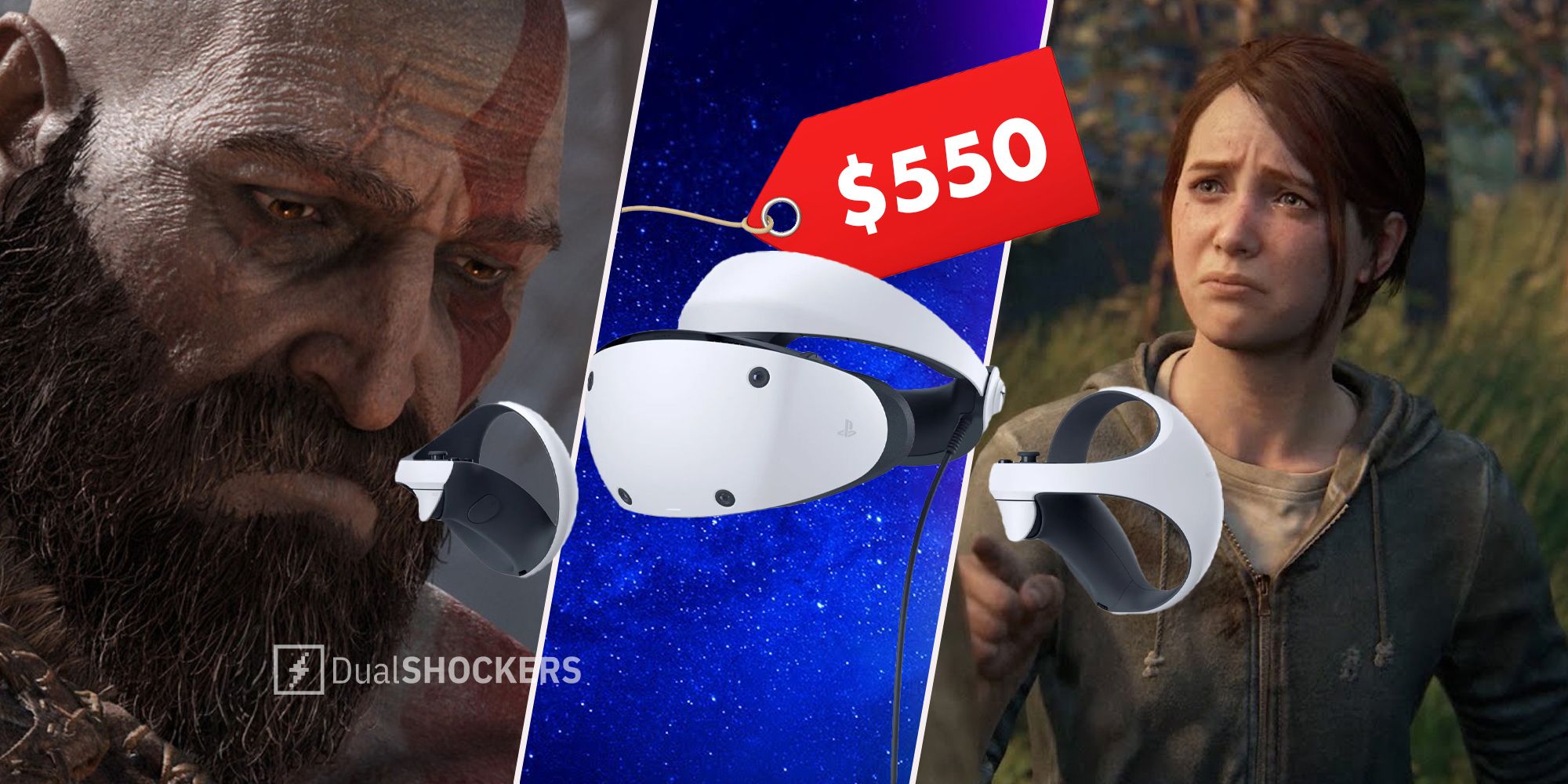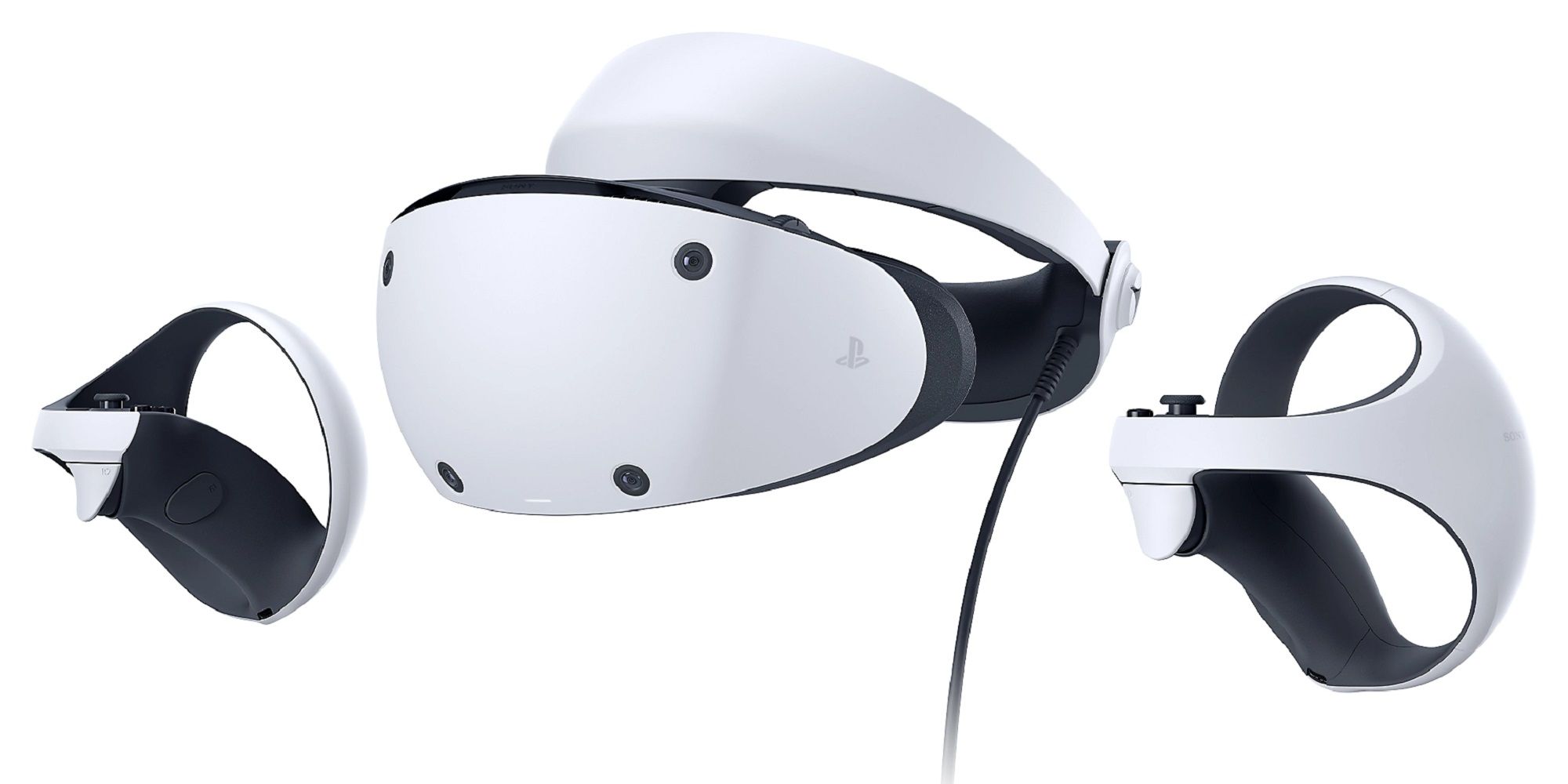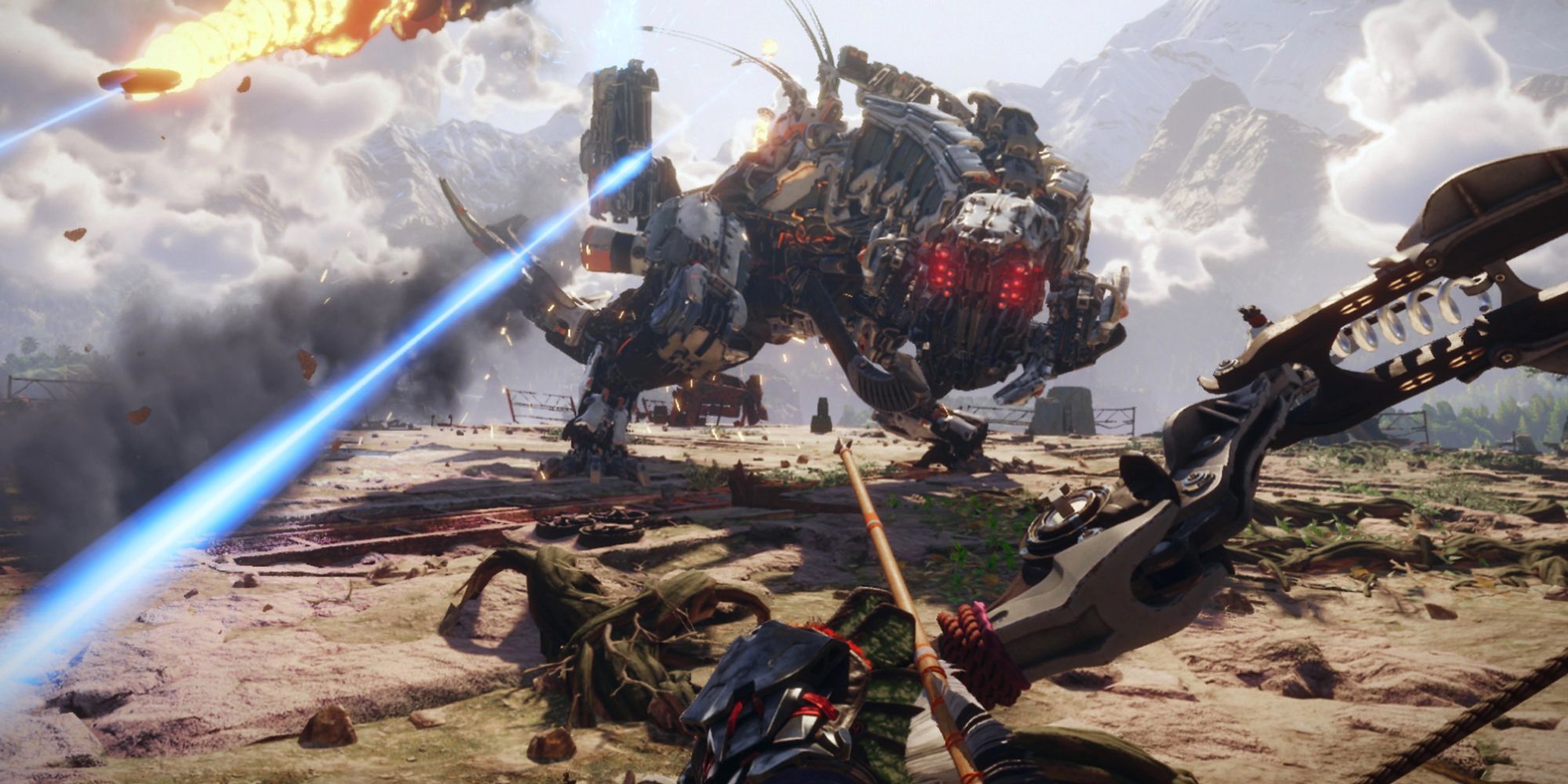The original PSVR, launched in 2016, was a masterstroke from Sony. Utilising the existing tech of Move controllers to minimise costs (not to mention being a materially and technologically cheap-and-cheerful thing in itself), it was the first VR headset to truly open Virtual Reality - dismissed by many until then as a gimmick or perennial niche - out to the masses. At $350 with two Move controllers and its admittedly horrid tangle of wires bundled in, it was far more reasonably priced than contemporary competitors like the Oculus Rift and HTC Vive. It was the first hint that maybe this magical technological realm of VR (and it really is incredible) would be available to a sizeable number of people after all.
That, and Sony’s support for the platform with plenty of exclusives, helped PSVR generate unprecedented success for a VR headset. Clocking five million sales to date, it clearly wasn’t deemed essential by all of the 100 million-plus PS4 owners, but still made enough impact for Sony to deem it worthy of a follow-up. It was a relatively low-cost experiment that proved successful, and with VR technology maturing plenty in the six years since then, it would seem the time was right for a full-blooded, fully committed successor.
But as we discovered yesterday, that full-blooded successor comes at a full-blooded price - $550, to be exact. That’s more than the PS5 console itself (which also recently received a price hike), and is entering the kind of pricing that’s reserved for VR hobbyists with money to spare. The problem is that VR hobbyists are usually drawn to the versatility and tinkering offered on PC platform, so the appeal of the PSVR 2 to this already niche audience will be largely dependent on how compatible the headset will be with PC.You could get the original PSVR working with a bit of a workaround - and even then its performance was pretty inconsistent - so you’d hope that its premium-priced successor will be more versatile on that front, which will increase the headset’s utility.
But the majority of people who bought the original PSVR wouldn’t have bought it to diddle around with it on PC. They’d have bought it simply to play PS4 VR games, and the low access price was a big part of its appeal.
Sony can flaunt the PSVR 2 specs all they like, but the average console consumer - more casual than the spec-and-tech-obsessed PC consumer - won’t necessarily care. And make no mistake, the PSVR 2 specs are good: DualSense-style haptic feedback and trigger effects on both its controllers; 2000 x 2040 per-eye resolution (4K, essentially, and nearly double that of the PSVR 1) on a 120Hz OLED display; a single sweet USB-C cable to connect the headset to the console make good reading, but if there’s something we learned about VR, it’s that people value versatility (and, well, good old-fashioned monetary value).
On that front, we’ve thus far heard nothing about whether the PSVR 2 will have any form of wireless capability, or whether it will work on PC as well. The Meta Quest 2, meanwhile may not boast the PSVR 2’s specs (its resolution and refresh rates are not too far off, but its LCD display quite literally pales in comparison to OLED), but it’s its ever-increasing versatility that helped it become by far the most popular VR headset around.
Pricing the PSVR 2 that high is an audacious move by Sony at an economically tough time
There’s the fact that the Ques 2 can natively and wirelessly play games on its own internal chipset of course; as an owner I can say that I’d happily trade off some visual fidelity for complete wireless freedom of movement. That’s not all. It can also be used as a PC headset via a cable, or even wirelessly via Oculus Air Link - streaming high-end PC games seamlessly (assuming your in-home network is strong enough) to your headset. Then there’s the hobbyist side of the headset too, where you can sideload mods and games onto it to play, say, Doom, Quake, and Half-Life 2 natively on it. Even after its own price hike, you can still grab the versatile headset for $400.
As things stand, the Quest 2 offers access to a far broader games pool - PC, Oculus Store, modding scene - than the PSVR 2, which will let you play PSVR games. The problem there is that Sony doesn’t seem to be going in as hard on PSVR 2 exclusives as it did for the original PSVR. Of the 11 PSVR 2 games Sony announced the other day, only two of them are platform exclusives. Unlike with the PSVR 1, there just isn’t the sense this time round that you’re buying into a premium market you wouldn’t otherwise have access to, even though you’re paying a considerably higher price.
Pricing the PSVR 2 that high is an audacious move by Sony at an economically tough time when consumers aren’t exactly going to be free-spending (especially just a couple of months after Christmas in February 2023, when the headset is due to come out). The PSVR 1 opened this incredible technology up to a large audience on PS4, but the PSVR 2 could well reverse all that, reeling the market back into a niche and reinstating the idea of VR as overpriced and elusive - a decadent plaything of hobbyists, and gamers with more money than sense.
Of course, the success of other platforms like the Quest 2 and Sony’s own PSVR have shown that it doesn’t have to be that way, but certain conditions are essential for a still-emerging market like VR to continue emerging. With the conditions that Sony’s set with the PSVR 2, it’s setting itself up to stagnate.



